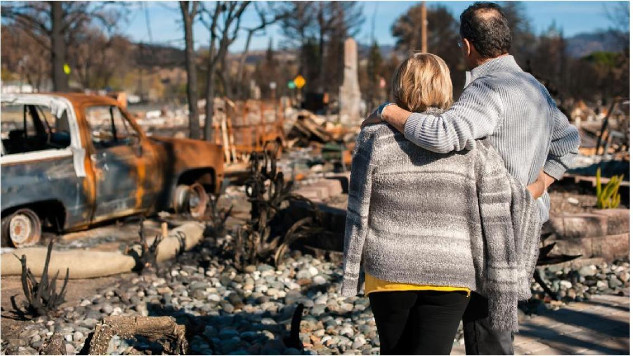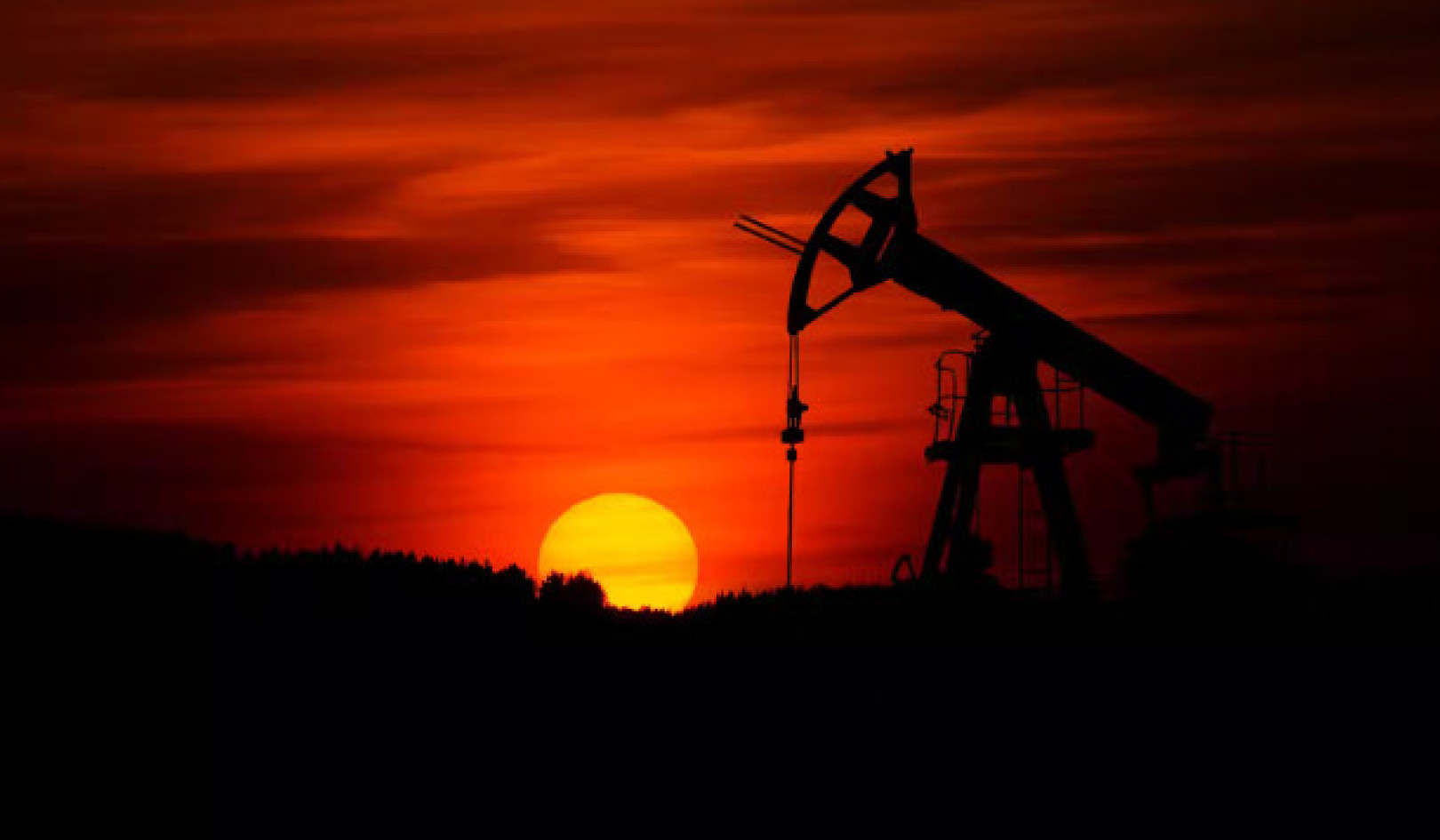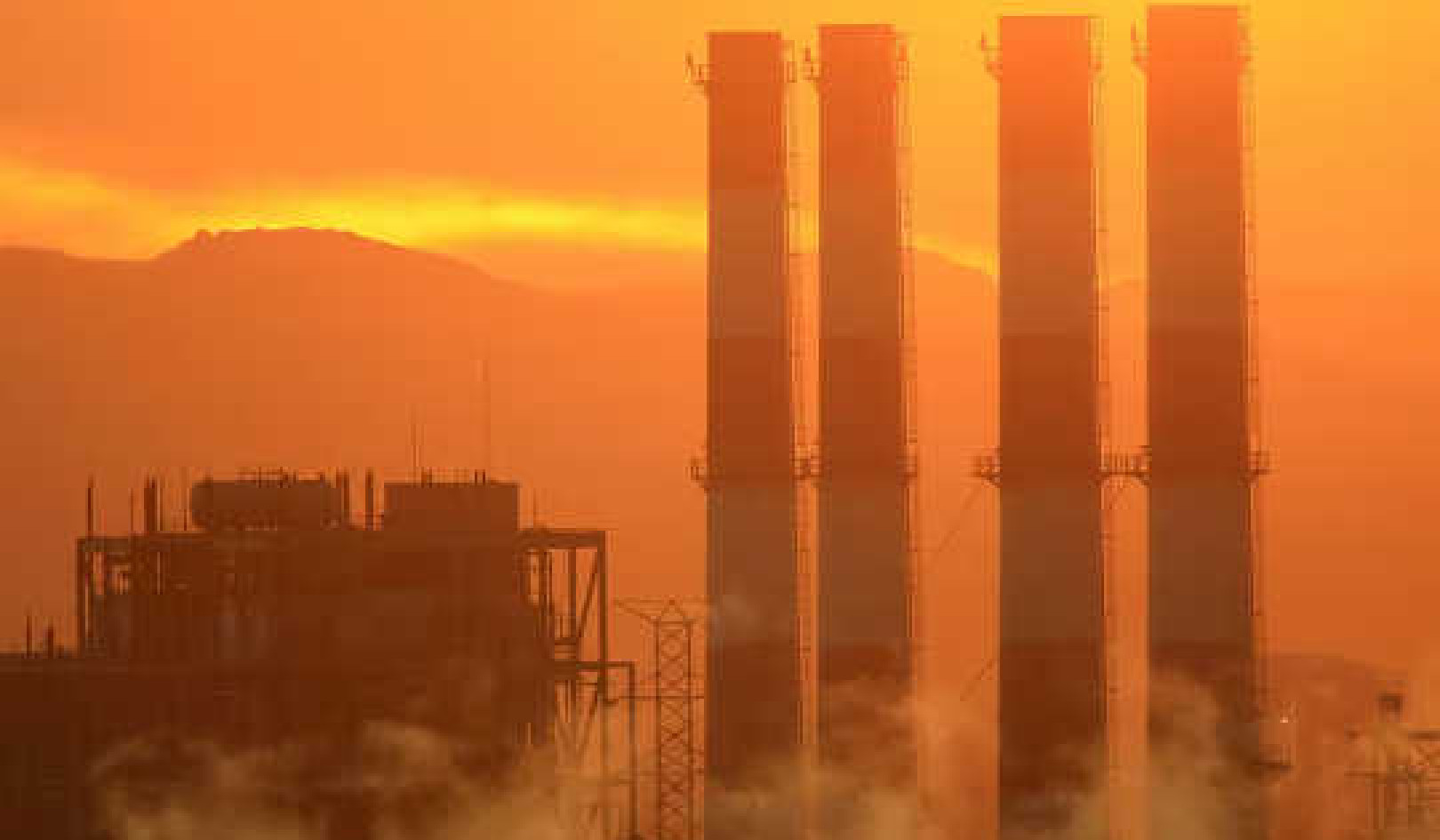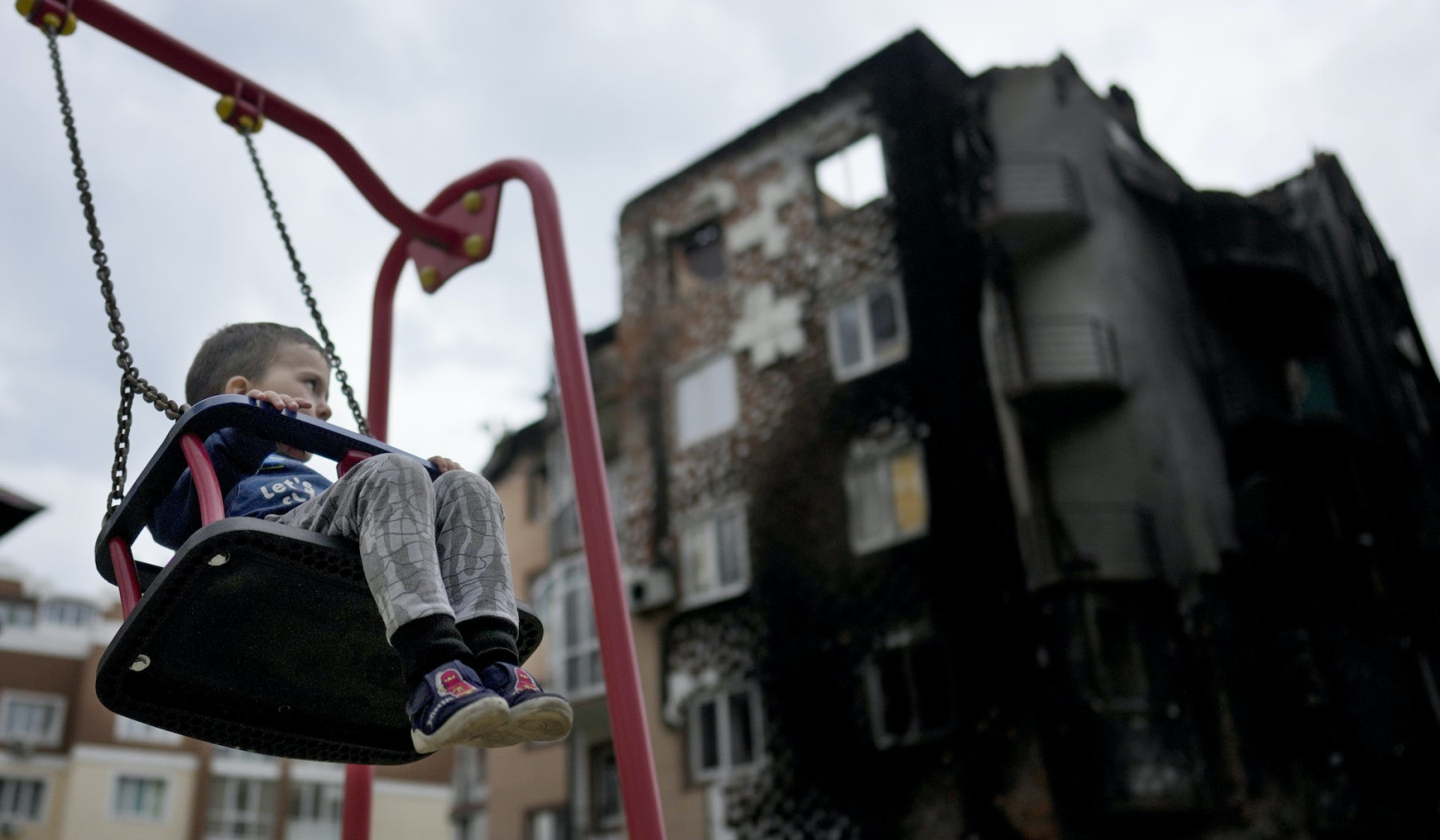
As the world grapples with climate change, a looming crisis is unfolding in the United States housing market. Rising natural disasters like wildfires, hurricanes, and floods are making some homes uninsurable, putting the affordable housing crisis on the brink. The ripple effects threaten to destabilize the entire housing ecosystem, from property values and the mortgage industry to the personal finances of millions of Americans.
What once seemed like a theoretical future risk is now an inescapable present-day reality. Complex data shows billion-dollar natural disasters have skyrocketed from striking just a few times per year in the 1980s to a staggering 18-19 times annually in recent years. This new age of serial catastrophes is upending the insurance industry's calculus. In hazard-prone regions, the likelihood of a total loss event is growing so high that providing homeowners coverage at an affordable rate is becoming unsustainable. As a result, the private insurance market is increasingly pulling out of vulnerable areas - leaving the nation's housing stock dangerously underinsured against escalating climate threats.
Insurers Are Pulling Out
Private insurance companies increasingly decide that certain areas are too risky to cover. They've crunched the numbers and concluded that the likelihood of a catastrophic weather event is too high for them to insure homes there profitably.
Leslie Kaufman, a reporter for Bloomberg, explains it this way: "Climate change has meant that every year or over a decade, things get noticeably worse." Hard data shows that billion-dollar natural disasters happened just three times per year in the 1980s. Now, they strike a staggering 18-19 times annually.
As the risks rise, insurers hike premiums to excessive levels or abandon hazardous regions outright. For example, an inn operator in Colorado saw his wildfire insurance skyrocket from $40,000 to $400,000 annually. At those prices, affected homeowners can't afford coverage.
State Insurers of Last Resort
When private insurers pull out, state governments are stepping in as the "insurer of last resort" to fill the void. However, these government-backed insurance plans are running into significant issues.
Kaufman warns that many state insurers charge premiums far below what's needed to cover future claims. This is a financial time bomb. "Sometimes governments engage in wishful thinking. They want insurance to be available, so they offer it at less than market rates."
If a significant disaster strikes, the state plans won't have enough funds to pay claims. For example, estimates show a category 5 hurricane hitting Miami could cause $1.3 trillion in damage - saddling each Florida resident with a $60,000 "assessment" to cover the deficit.
A Federal Bailout May Be Needed
So, what happens if these thinly capitalized state insurance plans run out of money after the next big catastrophe? Kaufman says a federal bailout may be the only answer, similar to what happened during the 2008 financial crisis.
"If insurance fails, you have uncovered houses and uninsured mortgages," she explains. You also lose confidence in the market, which can have powerful ramifications cascading through the entire economy."
Some politicians have sounded the alarm, fearing a far-reaching crisis if action isn't taken. But there's disagreement on the solution.
One proposal would expand the National Flood Insurance Program - already $20 billion in debt - to cover fire and hurricane damage nationwide. Critics argue this would transfer the problem to federal taxpayers.
The Wealth Divide Widens
In the meantime, the inability to insure homes is exacerbating economic inequality. In hurricane zones, Kaufman notes, "In the best coastal areas, it's almost all rich people" who can still afford premiums of $18,000 per year or more.
Those costs are untenable for middle—and lower-income Americans. They're being priced out of entire housing markets simply because insurance is unavailable or unaffordable.
Building Code Changes
Insurers support strengthening building codes with wildfire—and hurricane-resistant construction requirements, such as fire-resistant materials, vegetation-free perimeters, and elevating homes on stilts in flood zones.
"Insurance companies will tell you there's nothing that's uninsurable," says Kaufman. "It's just a question of what you're willing to pay." Stricter codes help lower long-term risks.
However, while beneficial, fortified construction alone can't solve the crisis. As climate change accelerates, even the sturdiest new homes may become too hazardous to insure at reasonable prices within a few decades.
A Global Challenge
The United States isn't alone in grappling with this issue. Countries like Pakistan and Caribbean nations have faced devastating natural disasters their governments couldn't afford to insure against.
Wealthier European nations have started experimenting with "parametric insurance" that automatically pays out when specific environmental conditions are met. It's a more affordable option, but more is needed to address the rapidly metastasizing risks.
In simple terms, climate change gradually renders certain regions of the United States uninsurable through traditional homeowners policies. As private insurers flee, underfunded state insurance plans are plugging the gap—but they likely can't withstand a true worst-case scenario disaster.
Without action, this seemingly bureaucratic issue could inflict immense harm on the housing market, the banking industry, and millions of Americans' finances. A reckoning appears inevitable for how we insure - and inhabit - our nation's highest-risk areas amid the new climate realities.
About the Author
 Robert Jennings is co-publisher of InnerSelf.com with his wife Marie T Russell. He attended the University of Florida, Southern Technical Institute, and the University of Central Florida with studies in real estate, urban development, finance, architectural engineering, and elementary education. He was a member of the US Marine Corps and The US Army having commanded a field artillery battery in Germany. He worked in real estate finance, construction and development for 25 years before starting InnerSelf.com in 1996.
Robert Jennings is co-publisher of InnerSelf.com with his wife Marie T Russell. He attended the University of Florida, Southern Technical Institute, and the University of Central Florida with studies in real estate, urban development, finance, architectural engineering, and elementary education. He was a member of the US Marine Corps and The US Army having commanded a field artillery battery in Germany. He worked in real estate finance, construction and development for 25 years before starting InnerSelf.com in 1996.
InnerSelf is dedicated to sharing information that allows people to make educated and insightful choices in their personal life, for the good of the commons, and for the well-being of the planet. InnerSelf Magazine is in its 30+year of publication in either print (1984-1995) or online as InnerSelf.com. Please support our work.
Creative Commons 4.0
This article is licensed under a Creative Commons Attribution-Share Alike 4.0 License. Attribute the author Robert Jennings, InnerSelf.com. Link back to the article This article originally appeared on InnerSelf.com

Related Books:
The Future We Choose: Surviving the Climate Crisis
by Christiana Figueres and Tom Rivett-Carnac
The authors, who played key roles in the Paris Agreement on climate change, offer insights and strategies for addressing the climate crisis, including individual and collective action.
Click for more info or to order
The Uninhabitable Earth: Life After Warming
by David Wallace-Wells
This book explores the potential consequences of unchecked climate change, including mass extinction, food and water scarcity, and political instability.
Click for more info or to order
The Ministry for the Future: A Novel
by Kim Stanley Robinson
This novel imagines a near-future world grappling with the impacts of climate change and offers a vision for how society might transform to address the crisis.
Click for more info or to order
Under a White Sky: The Nature of the Future
by Elizabeth Kolbert
The author explores the human impact on the natural world, including climate change, and the potential for technological solutions to address environmental challenges.
Click for more info or to order
Drawdown: The Most Comprehensive Plan Ever Proposed to Reverse Global Warming
edited by Paul Hawken
This book presents a comprehensive plan for addressing climate change, including solutions from a range of sectors such as energy, agriculture, and transportation.



























